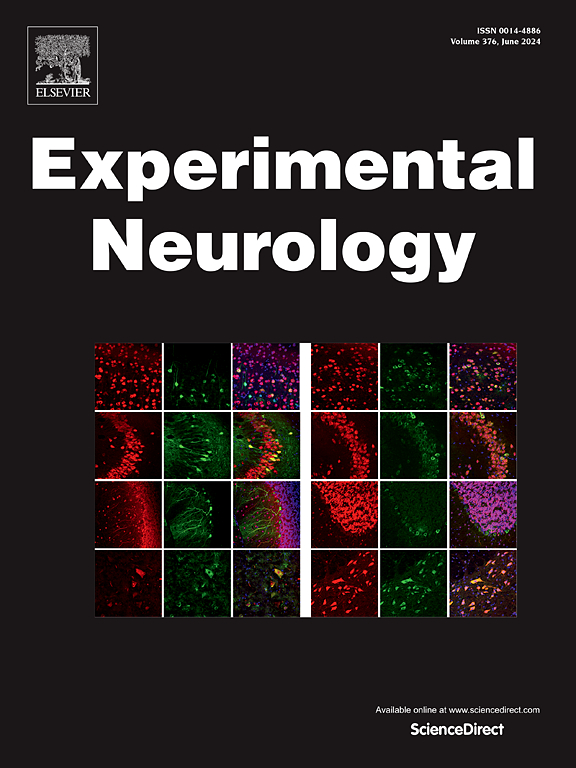Redefining macrophage phenotypes after spinal cord injury: An open data approach
IF 4.6
2区 医学
Q1 NEUROSCIENCES
引用次数: 0
Abstract
Spinal cord injury (SCI) triggers intraspinal inflammation through an influx of blood-derived inflammatory cells such as neutrophils and monocyte-derived macrophages. Macrophages play a complex role in SCI pathophysiology ranging from potentiating secondary injury to facilitating recovery and wound healing. In vitro, macrophages have been classified as having a pro-inflammatory, M1 phenotype, or a regenerative, M2 phenotype. In vivo, however, studies suggest that macrophages exist in a spectrum of phenotypes and can shift from one phenotype to another. Single-cell RNA sequencing (scRNA-seq) allows us to assess immune cell heterogeneity in the spinal cord after injury, and several groups have created publicly available datasets containing valuable data for further exploration. In this study, we compared three different scRNA-seq datasets and analyzed macrophage heterogeneity after SCI based on cell clustering according to gene expression profiles. We analyzed data from 7 days post injury (dpi) in young female mice that received a mid-thoracic SCI contusion. Using the Seurat pipeline, we clustered cells, subsetted macrophages from microglia and other myeloid cells, and identified different macrophage populations. Using SingleR as a cross-dataset cluster comparison tool, we identified similarities in macrophage populations across datasets. To confirm and refine this analysis, we analyzed the top 10 differentially expressed genes for each population in each dataset. Most clusters identified in the SingleR analysis were confirmed to have a unique genetic signature and were consistently present in all datasets analyzed. Taken together, four distinct macrophage populations were consistently identified after SCI at 7 dpi in three datasets from independent research teams. Our identification of biologically conserved macrophage populations after SCI using an unbiased approach highlights the power of data sharing and open data in redefining macrophage heterogeneity.
求助全文
约1分钟内获得全文
求助全文
来源期刊

Experimental Neurology
医学-神经科学
CiteScore
10.10
自引率
3.80%
发文量
258
审稿时长
42 days
期刊介绍:
Experimental Neurology, a Journal of Neuroscience Research, publishes original research in neuroscience with a particular emphasis on novel findings in neural development, regeneration, plasticity and transplantation. The journal has focused on research concerning basic mechanisms underlying neurological disorders.
 求助内容:
求助内容: 应助结果提醒方式:
应助结果提醒方式:


